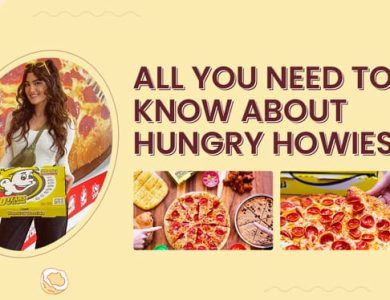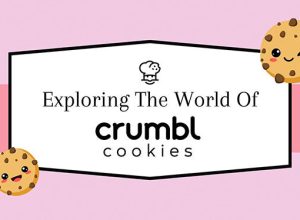13 Types of Pizza Crusts Every Foodie Should Know (2025)
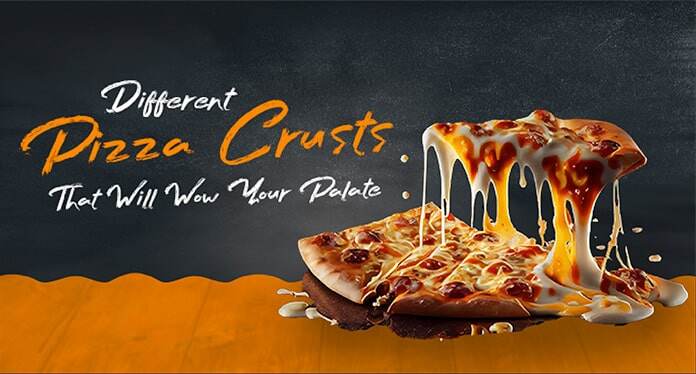
If you're a pizza lover, you know that the crust is just as important as the toppings. Whether you like it thin and crispy or thick and chewy, the right crust can take your pizza experience to the next level. From traditional Neapolitan to innovative gluten-free and cauliflower options, there's a crust for every craving.
This post is dedicated to those crusts! The foundation of one of the world's greatest munch!
What is a Pizza Crust?
A pizza crust is the base of a pizza, made from dough that is baked in the oven. It's the foundation that holds all the toppings. The crust can vary in thickness, texture, and flavor depending on how it’s prepared.
What's the importance of a Pizza Crust?
The crust affects the overall texture and flavor of the pizza. It's the foundation that holds everything together, so if it's too thick or too thin, it can throw off the whole balance of a good munch. A good crust gives the right crunch or chewiness and complements the sauce and toppings. Without a solid crust, even the best ingredients wouldn't taste the same.
Types of Pizza Crusts
1. Thin Crust

Thin-crust pizza has a thin, crispy base, usually around 2-3 millimeters thick, which enhances the taste of the toppings and sauce. Popular types include New York-style, which is foldable, and Neapolitan, with a soft center and charred edges. Thin crust also has fewer calories and carbs than thicker crusts, making it a lighter option.
2. Thick Crust

A thick crust is doughy, soft, and has a chewy texture. It's baked to be sturdy, making it great for holding heavier toppings without getting soggy. This type of crust gives each slice a fuller, more filling bite.
3. Neapolitan Crust
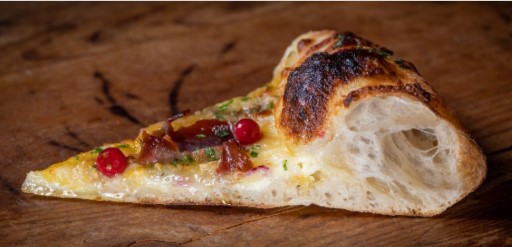
Neapolitan pizza has a very thin base with a light, puffy crust around the edges. The dough is airy, so it can char easily on the outside, which is why it's important not to overcook it. This crust style has large, airy edges but stays thin on the bottom, giving it a unique texture that's both soft and slightly crispy.
Image source: Selkie
4. Sicilian Crust

Sicilian crust is thick, airy, and baked in a rectangular pan, giving it a soft, almost bread-like texture. It has a crispy bottom and a chewy center, ideal for holding generous amounts of toppings and sauce. This type of crust is often served in square slices and has a heartier feel, making it popular for those who like a more filling pizza.
5. Stuffed Crust
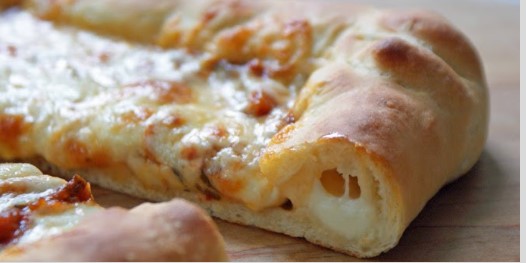
A stuffed crust of the pizza is exactly as it sounds. It has an outer edge filled with cheese or other ingredients, adding extra flavor and richness to each bite. The crust is thicker to hold the filling, which can be anything from mozzarella to garlic butter or even pepperoni. This style is great for those who enjoy a satisfying finish to the pizza. Similar to that chocolate coroner at the end of the ice cream cone!
6. Pan Crust
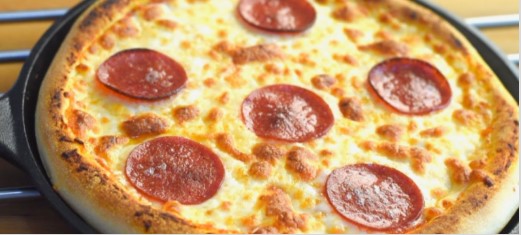
Pan crust pizza is thick and fluffy with a golden, crispy bottom due to being baked in an oiled pan. The dough rises more in the pan, creating a soft, bread-like interior that's still sturdy enough to hold plenty of toppings. This style of crust offers a nice balance of crunch on the outside and a soft, chewy texture inside, making it a favorite for those who prefer a heartier slice.
7. Gluten-Free Crust
As the name goes, it’s a wheatless crust using alternatives like rice flour, almond flour, or tapioca starch. This crust has a slightly different texture from traditional dough. It’s usually thinner and a bit crispier.
8. Cauliflower Crust
Cauliflower crust is a gluten-free, low-carb alternative to traditional pizza dough. Made primarily from cauliflower, eggs, cheese, or other binders, it has a lighter texture and a mild flavor that pairs well with various toppings. Though it’s typically thinner and less chewy than wheat-based crusts, cauliflower crust offers a healthier option for those looking to cut back on carbs or avoid gluten.
9. Whole Wheat Crust
Whole wheat crust is made with whole wheat flour (obviously). It offers a slightly nutty flavor and a denser texture than regular crust. It’s a bit chewier and has more fiber, making it a healthier option for those looking to add more whole grains to their diet. This crust pairs well with both classic and veggie-heavy toppings, providing a more wholesome twist on traditional pizza.
Signing Off
Each type of pizza crust offers a unique texture and taste that can change your pizza experience. Whether you’re choosing a classic like Neapolitan, a thick pan crust, or a health-focused option like cauliflower or whole wheat, the crust plays a crucial role in the flavor and feel of your pizza.
Next time, pay attention to the pizzeria's menu and choose the right crust for your favorite toppings!
